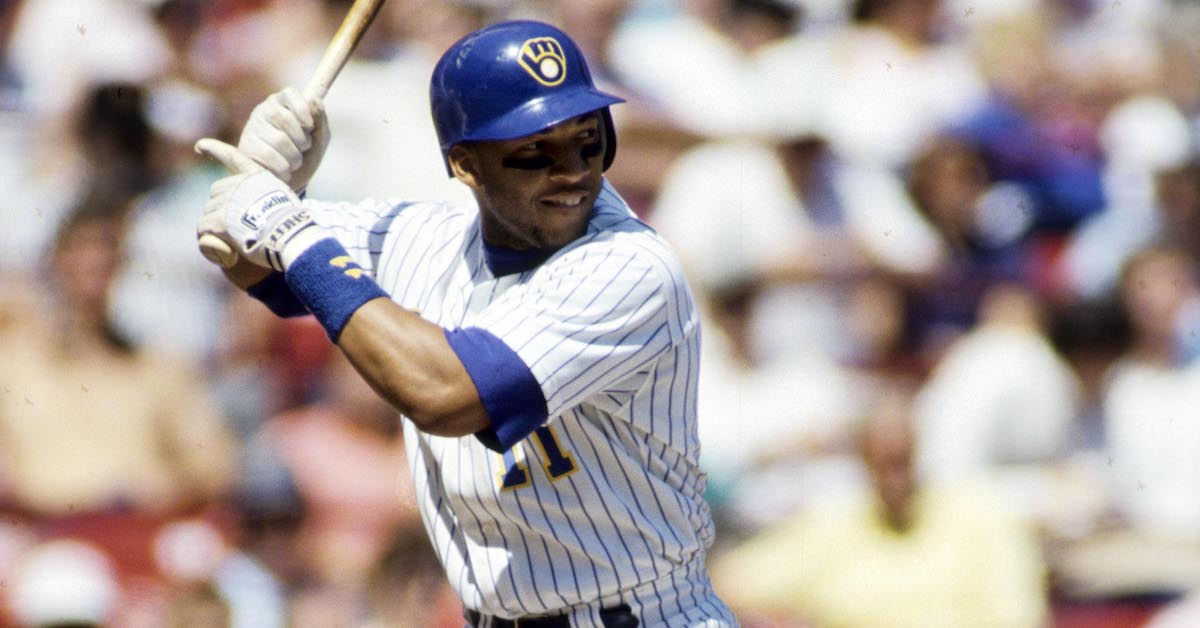JAWS and the 2024 Hall of Fame Ballot: Gary Sheffield

The following article is part of Jay Jaffe’s ongoing look at the candidates on the BBWAA 2024 Hall of Fame ballot. Originally written for the 2015 election at SI.com, it has been updated to reflect recent voting results as well as additional research. For a detailed introduction to this year’s ballot, and other candidates in the series, use the tool above; an introduction to JAWS can be found here. All WAR figures refer to the Baseball-Reference version unless otherwise indicated.
Wherever Gary Sheffield went, he made noise, both with his bat and his voice. For the better part of two decades, he ranked among the game’s most dangerous hitters, a slugger with a keen batting eye and a penchant for contact that belied his quick, violent swing. For even longer than that, he was one of the game’s most outspoken players, unafraid to speak up when he felt he was being wronged and unwilling to endure a situation that wasn’t to his liking. He was a polarizing player, and hardly one for the faint of heart.
At the plate, Sheffield was viscerally impressive like few others. With his bat twitching back and forth like the tail of a tiger waiting to pounce, he was pure menace in the batter’s box. He won a batting title, launched over 500 home runs — he had 14 seasons with at least 20 and eight with at least 30 — and put many a third base coach in peril with some of the most terrifying foul balls anyone has ever seen. For as violent as his swing may have been, it was hardly wild; not until his late 30s did he strike out more than 80 times in a season, and in his prime, he walked far more often than he struck out.
Bill James once referred to Sheffield as “an urban legend in his own mind.” Off the field, he found controversy before he ever reached the majors through his connection to his uncle, Dwight Gooden. He was drafted and developed by the Brewers, who had no idea how to handle such a volatile player and wound up doing far more harm than good. Small wonder then that from the time he was sent down midway through his rookie season after being accused of faking an injury, he was mistrustful of team management and wanted out. And when he wanted out — of Milwaukee, Los Angeles, or New York — he let everyone know it, and if a bridge had to burn, so be it; it was Festivus every day for Sheffield, who was always willing to air his grievances.
Later in his career, Sheffield became entangled in the BALCO performance enhancing drug scandal through his relationship with Barry Bonds — a relationship that by all accounts crumbled before he found himself in even deeper water. For all of the drama that surrounded Sheffield, and for all of his rage and outrageousness, he never burned out the way his uncle did, nor did he have trouble finding work.
Even in the context of the high-scoring era in which he played, Sheffield’s offensive numbers look to be Hall of Fame caliber, but voters have found plenty of reasons to overlook him, whether it’s his tangential connection to PEDs, his gift for finding controversy, his poor defensive metrics, or the crowd on the ballot. In his 2015 debut, he received just 11.7% of the vote, and over the next four years, he gained barely any ground. But from 2019 to ’21, he jumped from 13.6% to 30.5% to 40.6%, with the fifth-largest and third-largest gains on the ’20 and ’21 ballots. After repeating with the same percentage in 2022, he jumped to 55% in ’23, with the cycle’s fourth-largest gain. His share of the vote is now larger than any player who’s been linked to PEDs via BALCO, the Mitchell Report, or a suspension except for Bonds or Roger Clemens. Still, as he enters his final year of eligibility on the writers’ ballot, he’ll need a Larry Walker-like jump to get to 75%. Read the rest of this entry »








